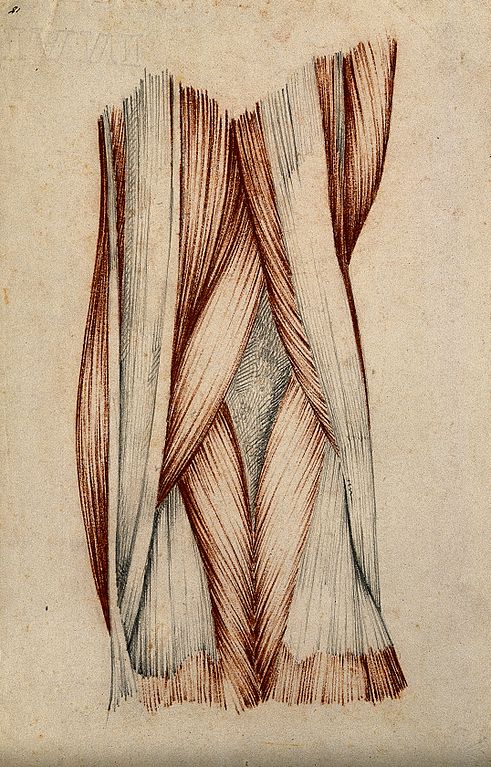Myofascial Force Transmission Across the Knee Joint
Myofascial continuity has been hypothesized and verified in cadaveric studies. This continuity means that local tissue modification can affect adjacent structures. If the linkages between two muscles are stiff enough, they may transmit force.
However, myofascial force transmission has been mostly demonstrated in cadaveric studies, where significant mechanical interactions between constituents of myofascial chains have been observed. The evidence of myofascial force transmission in live humans is lacking. A study by Jan Wikle from Goethe University in Germany and colleagues from the UK examined the impact of ankle motion on soft tissue displacement of the dorsal thigh.
Eleven healthy active individuals participated in the study (26.8 ± 4.3 years, six males). The participants underwent passive calf stretches (dorsal ankle extension) imposed by an isokinetic dynamometer in a prone position and with the knee extended. High-resolution ultrasound was used to capture the displacement of the semimembranosus muscle.
The results showed that dorsal ankle extension induced substantial caudal muscle displacements (5.76 ± 2.67 mm). Data analysis further confirmed a strong association between maximal dorsal extension and semimembranosus motion.
This finding could explain the remote effects of stretching, such as myofascial treatments on the plantar fascia, could induce flexibility in neighbouring or even more distant cranial joints. The remote soft tissue displacements observed, indicated a considerable amount of force is transferred to serially connected skeletal muscles.
There are practical implications of this research. Coaches and exercise professionals should be aware that stretching treatments do affect both the targeted tissue but also morphologically linked skeletal muscles. Myofascial force transmission could also play a role in the development of overuse disorders. It had been speculated that the occurrence of non-local abnormalities (e.g., increased hamstring stiffness in patients with plantar fasciitis) stems from a pathologically altered/excessive degree of myofascial force transmission.
The authors concluded that the study provides an initial in vivo evidence for mechanical force transmission between serially connected skeletal muscles. It suggests that local modifications of the mechanical tissue properties could modify flexibility in neighbouring (superior or inferior) joints.
